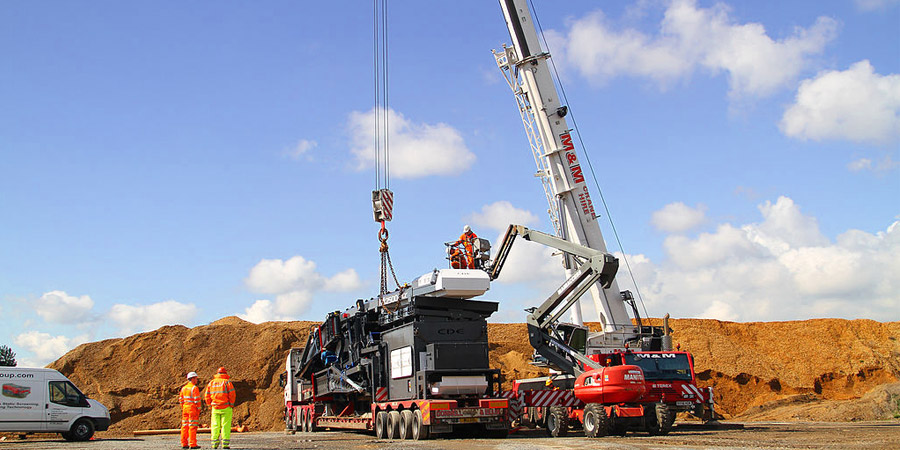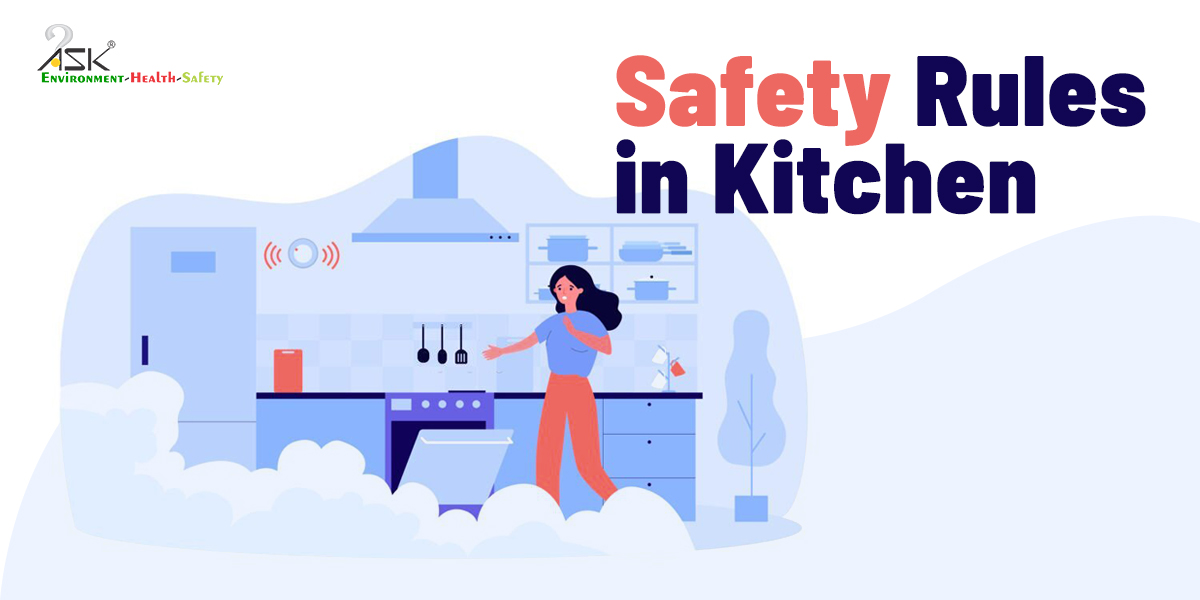Challenges for Mechanical load lifting

Load lifting, which is an act to oppose gravitational pull towards the centre of the earth, attempted manually or by deploying mechanized means with or without prime mover, remains a very hazardous activity. It claims a large share of accidents at workplace. Correct lifting can move large objects efficiently whereas incorrect lifting can lead to disastrous accidents entailing serious injuries, loss of worktime and property.
Indian scenario
At a major project site, a large mobile crane, during operation, toppled. It can’t be termed as a simple near-miss since they could potentially lead to serious injuries for both workers and the public.
There is a dearth of competent facilities, to train and groom crane operator, rigger and material handler of skill and competence. Several times, the contractor shows heavy vehicle driving license for the post of crane operator and gets the job. It only qualifies him to drive the crane on-road and not for operations and load handling.
There are elaborate and clear statutory directives, both under the Factories Act, 1948 (section 28 & 29) and corresponding state Factory Rules; and also the BOCW central rules, 1998 (Rules 55 to 81; particularly Rule – 64 (a) to (zf)) for lifting appliance and gear.
Challenges and remedial measures
A) Ground situation and adverse environmental conditions
- Loose soil may subside. Strengthen the ground bearing capacity by compaction; putting large wooden logs/planks to distribute the load on wider base; if there are excavation nearby, strengthen excavation’s support; when on slope, and adjust the out rigger to keep the crane base horizontal.
- Overhead charged powerlines – stay well clear, maintaining jib’s distance more than 6 metres, or even more for higher voltages.
- Rains and water create wet and slippery ground, loose soil and can lead to landslides, etc. If the crane’s stability is threatened, stop lifting work and lock the crane.
- In strong winds, decrease the safe working load; for wind speeds above 50 kmph, stop the crane operations.
B) Poor sub-contractor management
- The crane/ lifting machinery/ gear are all tested and cleared for use by competent persons as statutorily needed.
- Crane operator, rigger, signaler i.e. the entire team, trained and reliable to be engaged. Their certificates may be checked and also their knowledge on actual equipment needs to be verified.
- These measures are essential, as the ultimate responsibilities of ensuring safe lifting lies with the employer.
C) Training and competence building of lifting team
- A competent lifting team comprising of manager, engineer, supervisor which also includes operator, rigger, and signaler must be medically fit, reliable and suitably trained. Refer to BOCW central rules – 81 (i) to (iv)
- Sub-rule 81 (iii) requires them to possess the knowledge of the inherent risks involved in the operation of lifting appliances.
D) Mandatory lifting plan and critical lifts
- Lifting operations must have a lifting plan supported by risk assessment. In line with the risk level and complexity, suitable control measures are to be suggested and implemented.
- Critical lifts are those complex and difficult lifts which require more extensive and comprehensive planning by qualified and expert persons, for example, lifts involving two or more cranes; loads above 70% of the engaged crane; personnel being hoisted; cranes on floating barges; lifting near charged powerlines; lifts in high wind or with other adverse environmental conditions; hoisting personnel in basket, etc.
- For hoisting personnel in a crane suspended platform (basket), the following OSHA requirements apply: load lines to have safety factor of at least 7 times the maximum intended load; a positive locking safety latch on crane’s hook; guard rails with locking gate that does not swing outward; proof testing at 125% of the platform’s rating capacity; total weight of load not to exceed 50% of the crane’s load chart capacity; satisfactory trial lift with unoccupied platform fully loaded to the anticipated locations; etc.
Summary of essential safety aspects for lifting operation
- Lifting plan (including critical lift plan)
- Risk assessment
- PTW
- Examination, inspection and maintenance (with statutory and pre-use inspection) of lifting appliances and gear
- Training competence build-up of entire lifting team
- Statutory examination by authorized competent person/authority at least once every 12 months
- Means of reliable communication to be established
Image courtesy: Peter Craven



Great Share.
Load lifting manually or by mechanized machines is really hazardous activity. thanks for sharing this article.